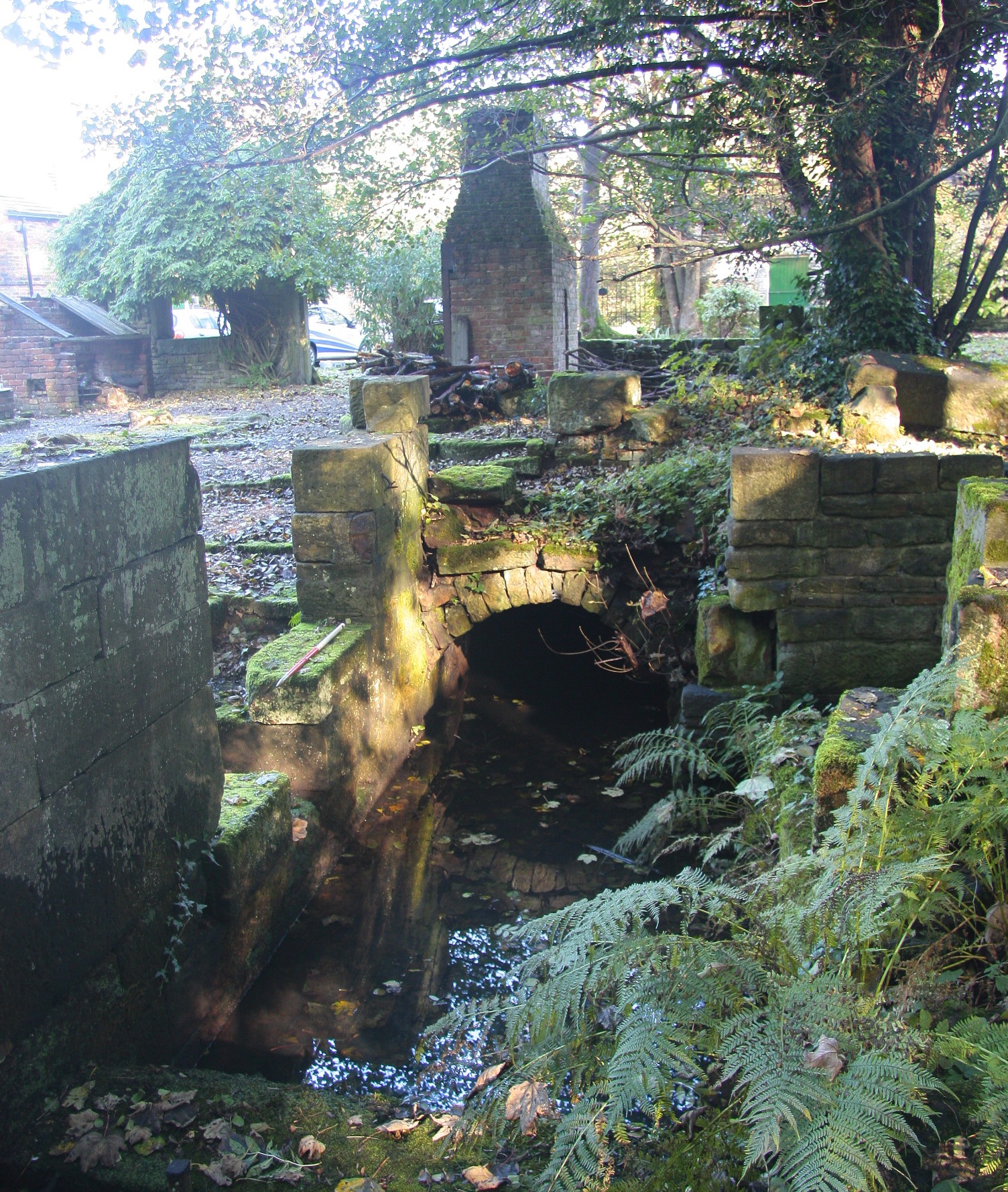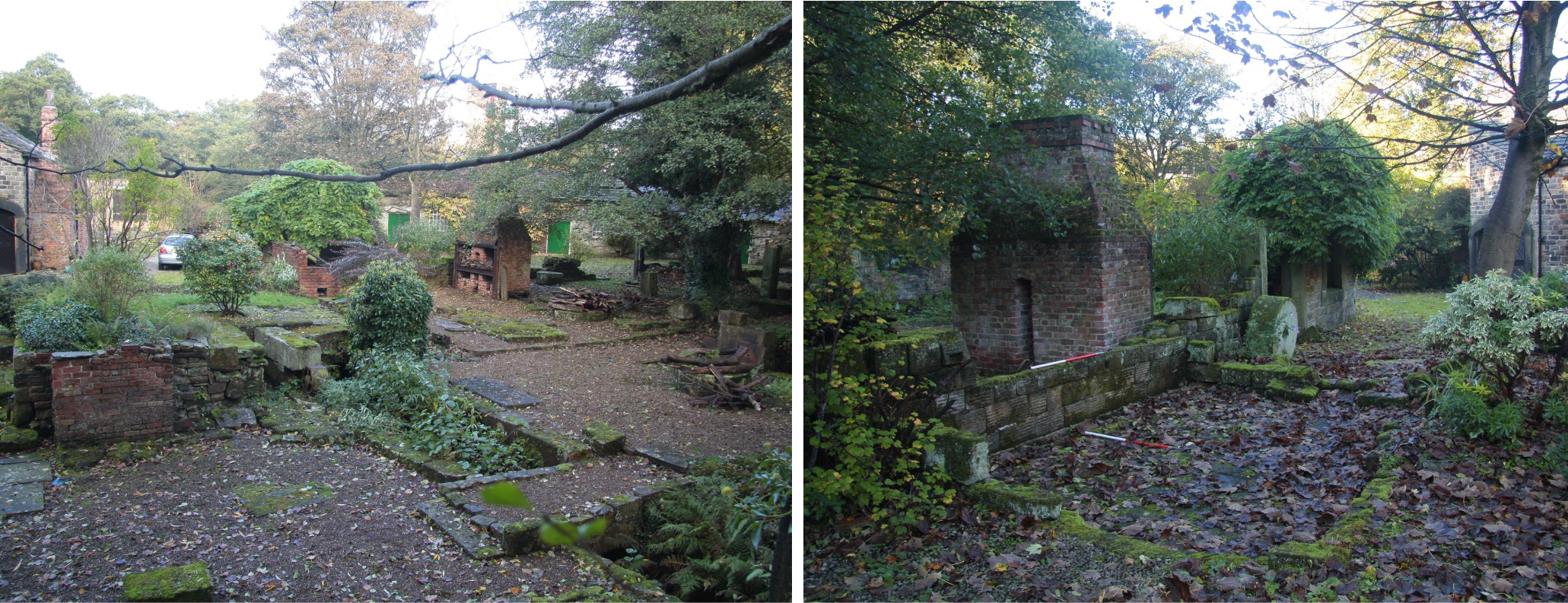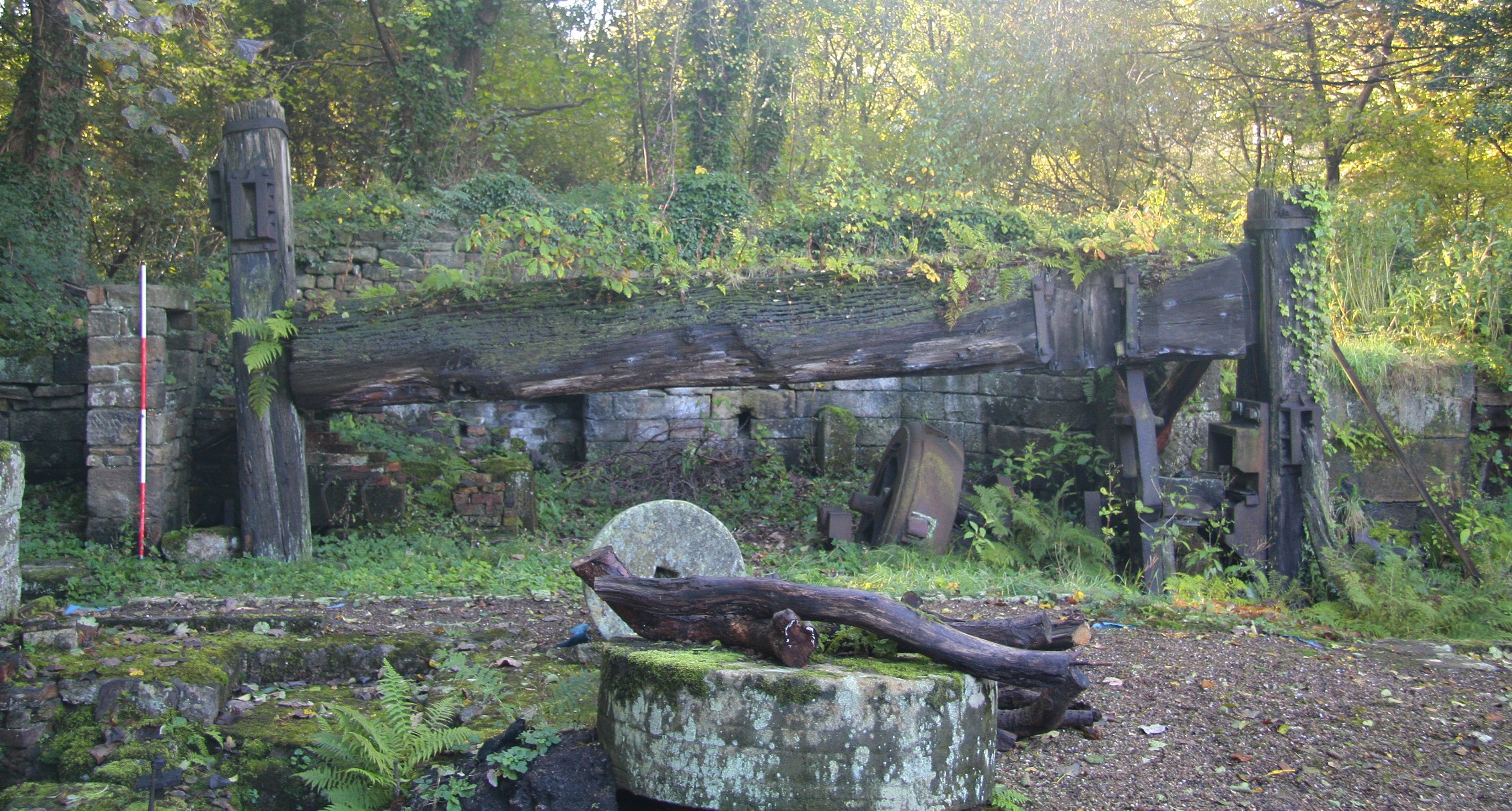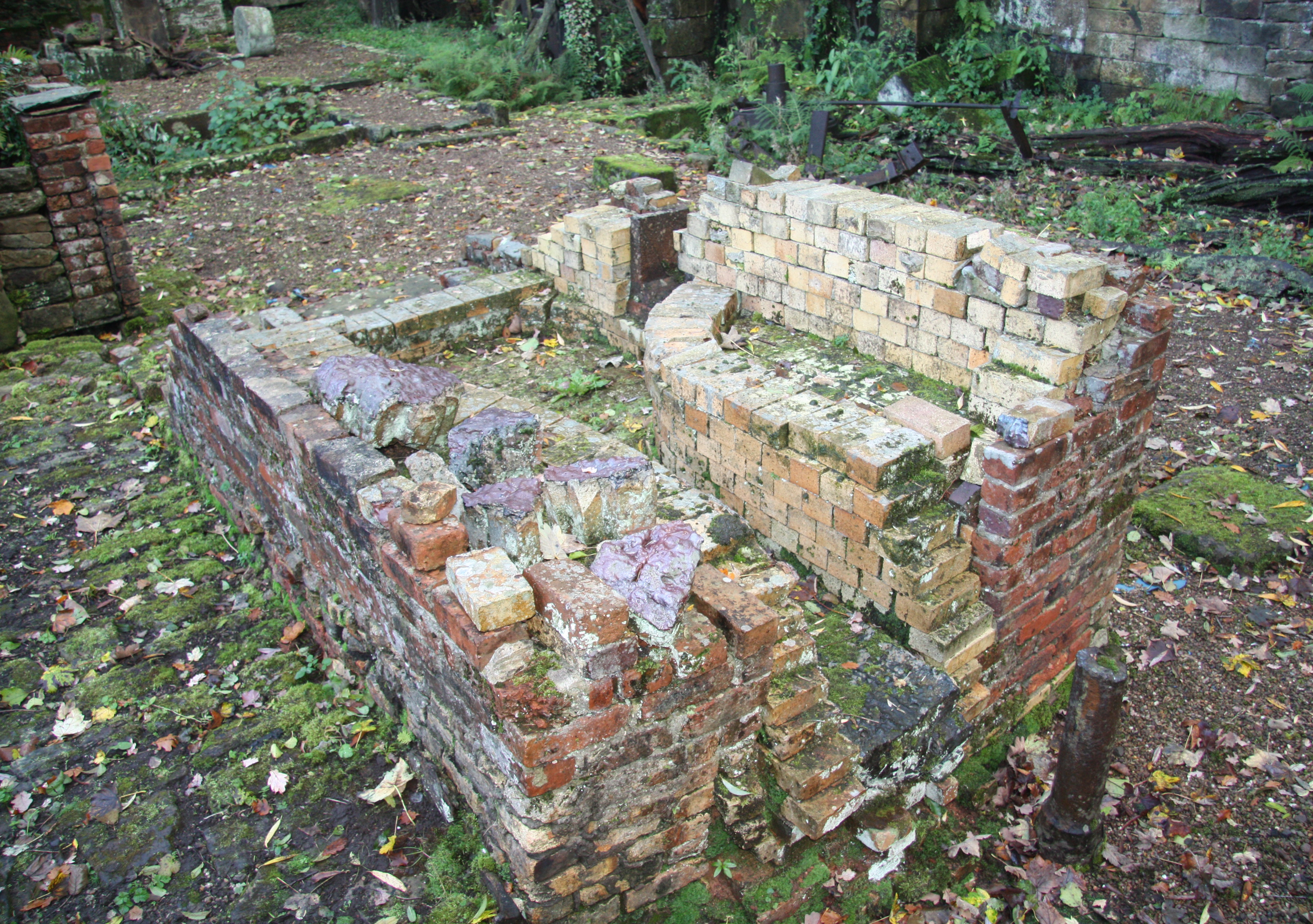
A recent archaeological assessment and building appraisal was undertaken by the Sheffield built heritage team at the Mousehole Forge, a Scheduled Ancient Monument, located to the north of the city. The work was carried out to inform future conservation work on the site and was funded by East Peak Innovation Partnership, the LEADER programme and English Heritage.
The site is a former water-powered iron forge which became best known for the production of anvils. It was first developed in the 17th century and continued in use until the early 20th century. The site is designated as a Scheduled Ancient Monument (SY1284) and a workshop range within the site is also Grade II listed. Mousehole Forge was one of the first (and longest) running anvil factories in the world. The site’s continuous use from at least 1632 to 1933 is exceptional, reaching its fullest extent by the 1890s. Following the site’s closure in 1933, the outbuildings and house remained in use, whilst the forge buildings fell into disuse and were demolished in the 1940s. By the 1980s the site was derelict, however, it was bought by the current owner, in 1983, who went on to restore and refurbish the former manager’s house and workshop range and preserve as much of the site as possible.


The remnants of the former forge complex, along with parts of the surviving timber east helve hammer and a puddling furnace, are considered to be of national significance, reflecting the site’s scheduling.

The archaeological work included the survey of the remains of the forge buildings, surviving hammer and dam wall, tying these into adjacent standing buildings and creating a metrically accurate and phased plan of the current site. In addition, the hammer, dam wall and immediate surrounding structures were 3D laser scanned to produce base mapping for a proposed temporary structure which will protect the helve hammer from further weathering.